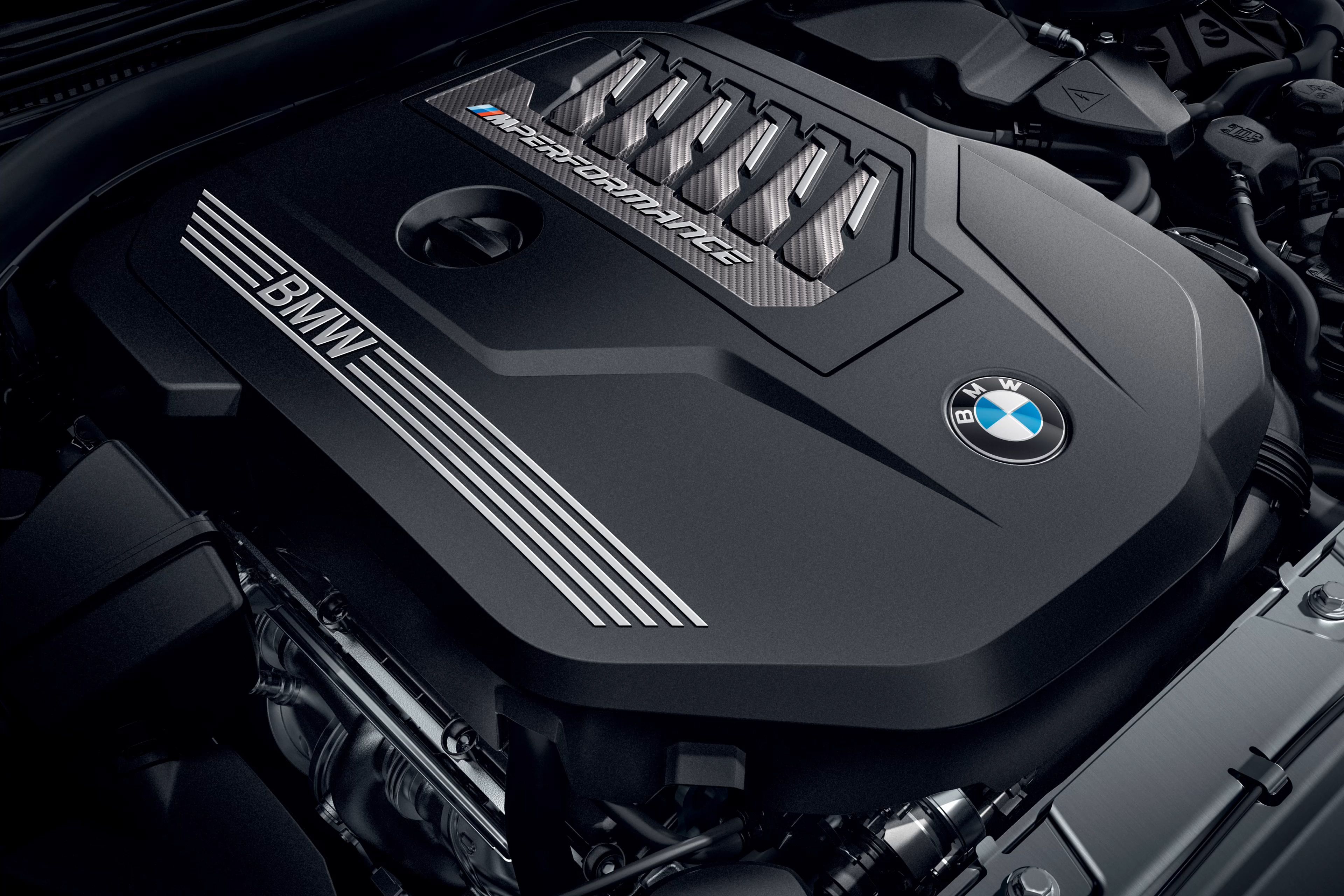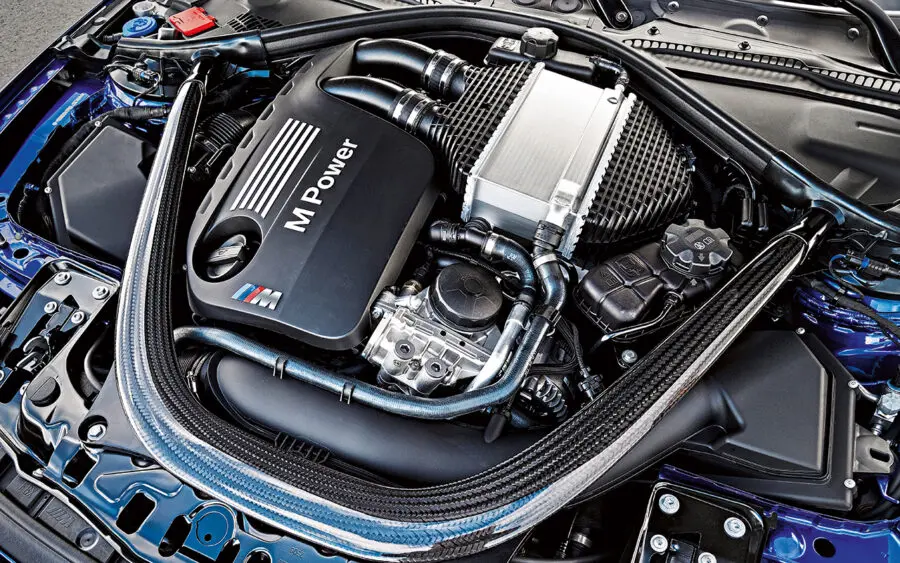Leading 5 BMW Engine Technologies Reinventing the Automotive Sector
Leading 5 BMW Engine Technologies Reinventing the Automotive Sector
Blog Article
Exploring the Advancement of Combustion Engines in Modern Transport Solutions
As we navigate the landscape of modern transportation, the advancement of burning engines stands as a testimony to human resourcefulness and engineering prowess. The interaction of background, technology, and ecological concerns in forming the trajectory of burning engines develops a narrative that is both engaging and informative.
Very Early Beginnings of Combustion Engines
Just how did the principle of combustion engines very first emerge in the early phases of transport development? The roots of combustion engines can be mapped back to the 17th century when the concepts of internal burning were first checked out.
The advancement moment featured the creation of the initial effective gasoline-powered engine by Karl Benz in 1885 - bmw engine. This engine paved the way for the growth of the contemporary auto, reinventing transportation systems worldwide. Subsequent technologies by Nikolaus Otto and Gottlieb Daimler better refined burning engine innovation, leading to the mass manufacturing of cars and the rapid expansion of the transport sector
These early combustion engines were characterized by their simpleness and efficiency, laying the structure for the facility and effective engines made use of in modern transportation systems. The advancement of burning engines has actually been critical fit the means we take a trip and deliver products, noting a considerable landmark in the history of transportation development.
Change to Internal Burning Technology
The shift to inner burning modern technology marked an essential change in the advancement of transport systems. This shift started in the late 19th century, with developers like Nikolaus Otto and Gottlieb Daimler creating the initial effective internal burning engines. These engines changed transport by providing a much more powerful and efficient option to vapor engines and electric motors.
One of the vital benefits of inner combustion engines was their capacity to be reduced to match lorries, bring about the growth of cars and bikes. This change from large, stationary engines to portable, mobile ones led the method for the modern transportation systems we see today.
The change to internal combustion innovation additionally stimulated innovations in fuel technology, leading to the development of gasoline and diesel as key gas resources for cars. This shift not just made transport much more obtainable to the masses however additionally laid the structure for the oil and gas sector to end up being integral to international economic climates.
Effect of Combustion Engines on Transport
The adoption of combustion engines in transportation systems militarized an extensive shift in the effectiveness and speed of global mobility. Combustion engines revolutionized transportation by offering a dependable and functional source of power for various lorries, including autos, aircrafts, ships, and vehicles. This innovation substantially improved the ability for people and goods to move over cross countries in shorter period, resulting in raised connection in between regions and countries.
Moreover, the prevalent use of combustion engines has actually had a significant influence on financial growth. The capacity to carry items efficiently has actually spurred profession and commerce, permitting organizations to increase their markets and reach consumers worldwide. This has actually assisted in economic growth and globalization, as products can now be transported faster and in bigger quantities than in the past.
Nonetheless, the ecological influence of combustion engines can not be overlooked. The combustion of fossil gas has caused air contamination and greenhouse gas emissions, adding to climate change and presenting wellness threats to populaces. bmw engine. Therefore, there is a growing focus on establishing different propulsion technologies to mitigate these negative effects and create an extra lasting future for transportation
Advancements in Combustion Engine Layout
One noteworthy advancement is the advancement of turbocharged engines, which utilize exhaust gases to drive a wind turbine that compresses incoming air, allowing for more gas to be charred, resulting in boosted power result without a Home Page considerable increase in engine dimension. Variable valve timing systems have actually also revolutionized engine style by maximizing air flow at different engine rates, enhancing both power and effectiveness. These technologies collectively add to the continual enhancement of combustion engines in modern transportation systems.
Future Patterns in Combustion Engine Growth
With modern technology improvements driving constant technology, the future of combustion engine growth is poised to reinvent transportation systems around the world. One of the essential trends in combustion engine advancement is the press in the direction of greater web effectiveness and minimized emissions.
One more famous trend is the fostering of crossbreed modern technologies in burning engines. Hybrid engines combine conventional combustion technology with electrical power, supplying boosted fuel effectiveness and lower exhausts. As the automobile sector changes towards electrification, crossbreed burning engines are viewed as a transitional option that bridges the space in between conventional cars and fully electrical ones.
Additionally, the assimilation of clever innovations, such as artificial knowledge and data analytics, is anticipated to play a significant function in the future of burning engine advancement. These technologies can enhance engine performance in real-time, causing much more efficient combustion processes and enhanced general vehicle efficiency. Accepting these future fads will not just drive innovation in combustion engine development but likewise add to an extra lasting and eco-friendly transport community.

Conclusion
Finally, the advancement of burning engines in modern-day transportation systems has actually been marked by substantial improvements in technology and design. From the early beginnings of combustion engines to the shift to interior combustion modern technology, these engines have actually had a profound effect on transportation. Developments in burning engine design remain to drive progress in this area, with visit this web-site future patterns concentrating on more improving efficiency and reducing discharges. The future of burning engines in transport looks appealing as research and advancement efforts proceed to push limits.
The origins of combustion engines can be traced back to the 17th century when the principles of inner burning were very first discovered. These engines revolutionized transportation by using a much more reliable and effective option to vapor engines and electric motors.

Report this page